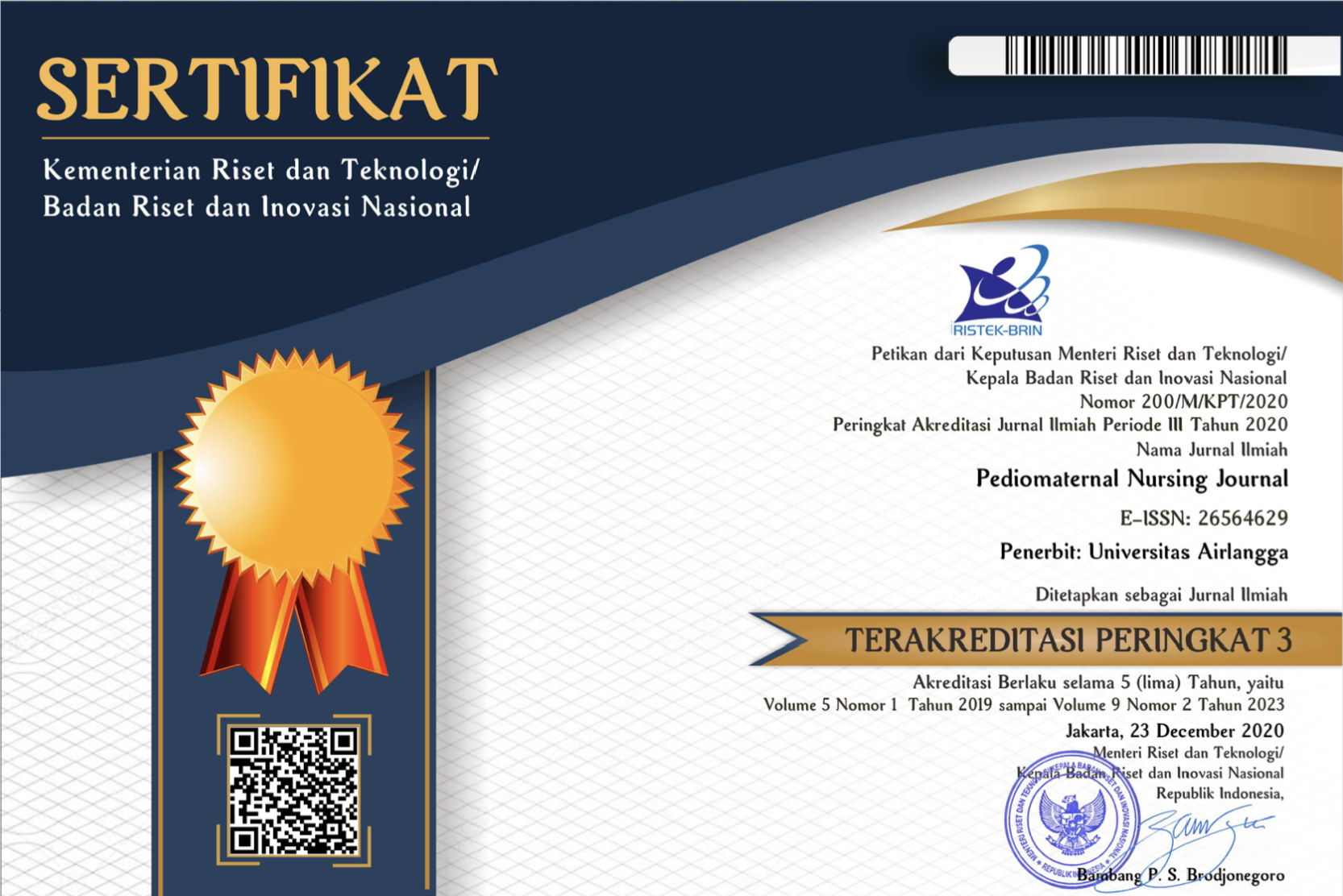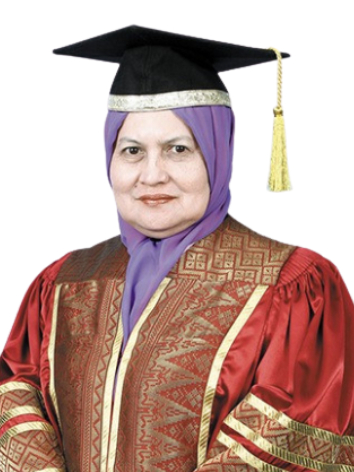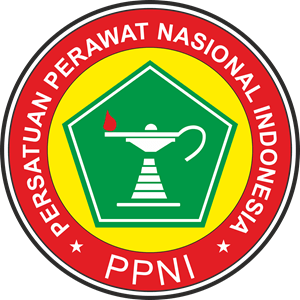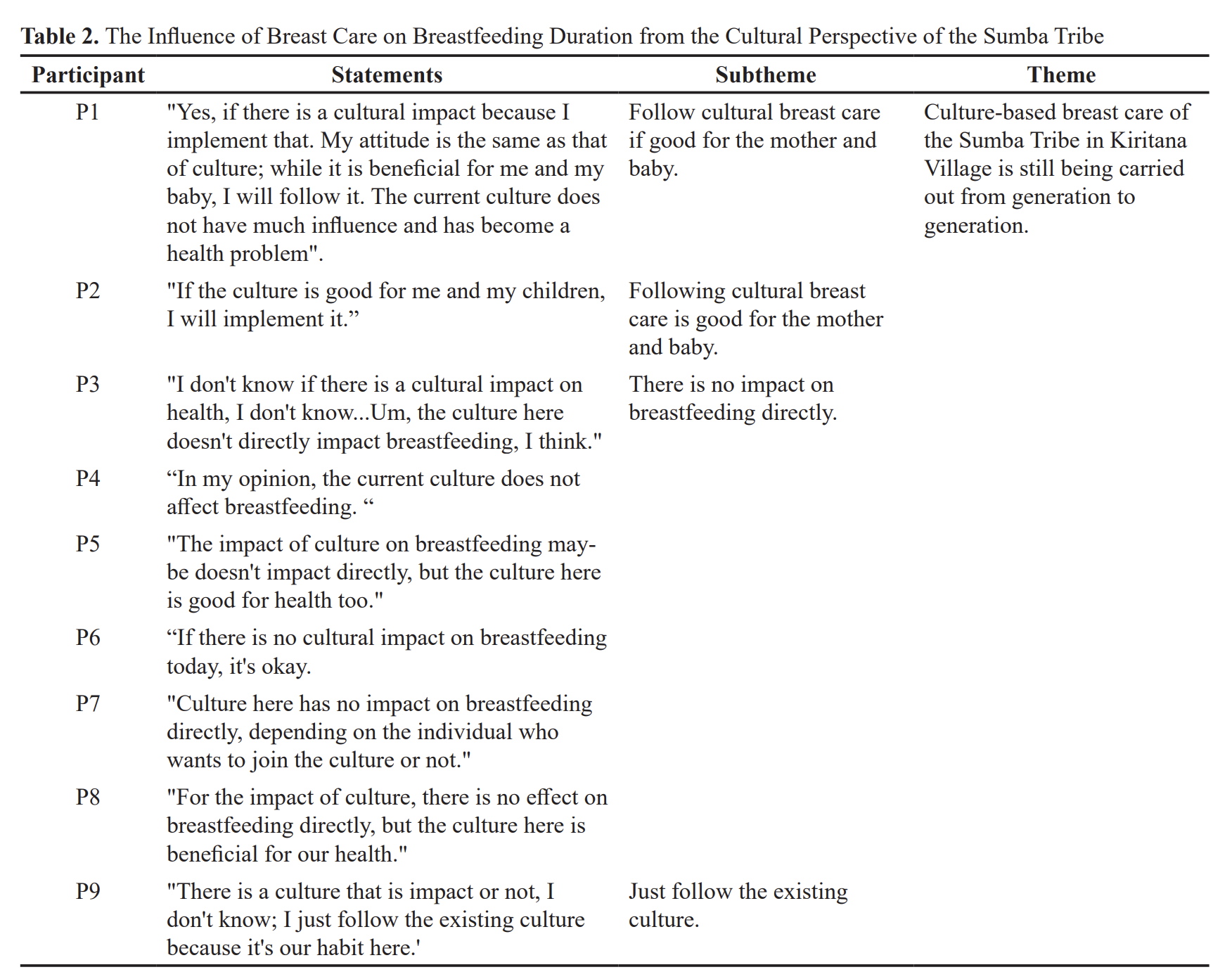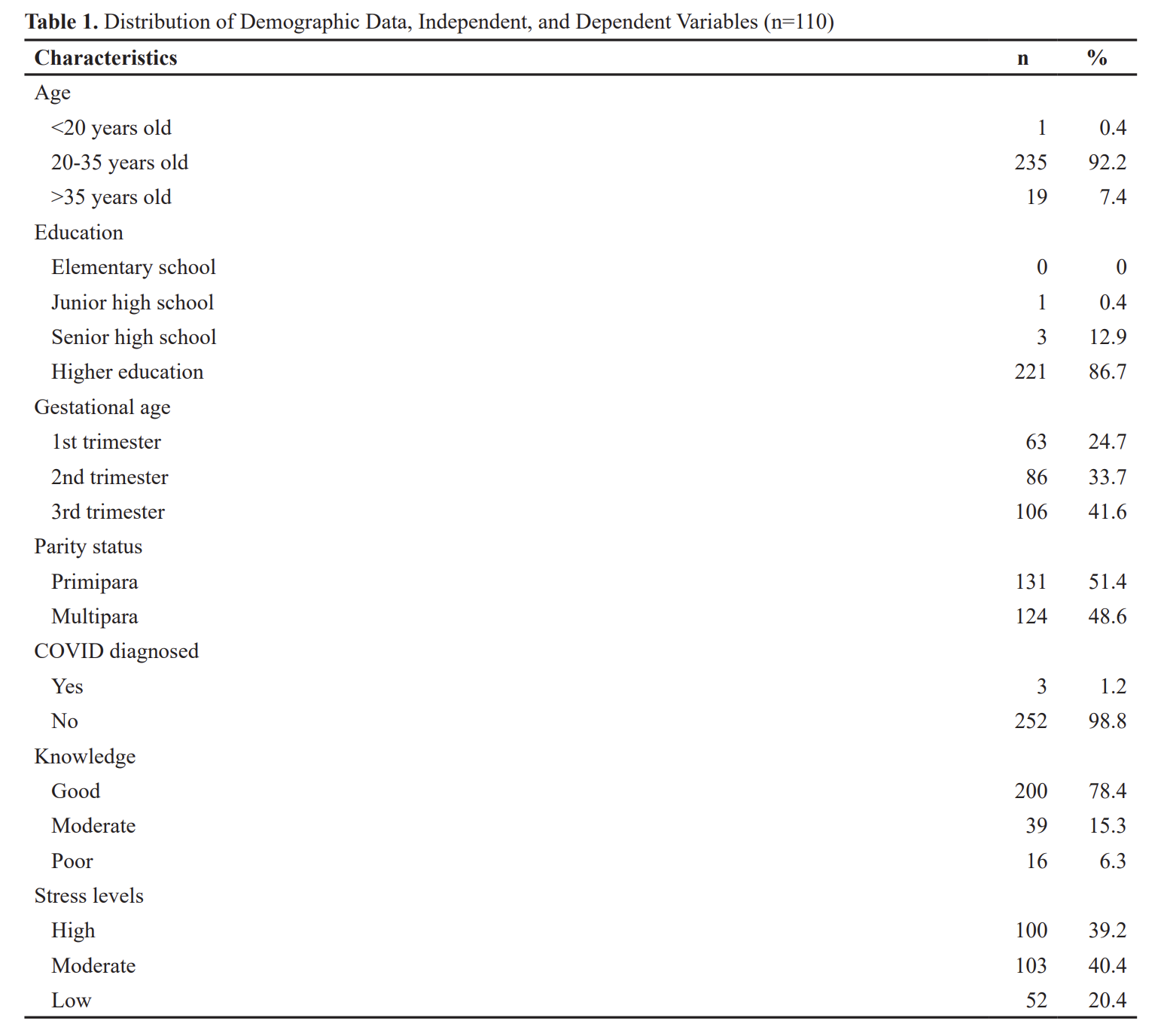Relationship Between Nutritional Status, Exercise Level and Recreational Level with Dysmenorrhea in Nursing Students at Airlangga University
Downloads
Introduction: Dysmenorrhea is a pain that occurs when a woman experiences menstruation with characteristics of pain that is felt before or during menstruation in a short time. It caused by a poor physiological condition. This study aims to analyzed the relationship between nutritional status, exercise level and recreation level with dysmenorrhea.
Methods: This research was an analytic survey with cross sectional design. The number of samples taken were 116 students who fit the inclusion criterias, they were students of regular nursing faculty in the 2019 class, 18 and 19 years old and not yet married. Exclusion criteria included being pregnant and undergoing hormonal therapy. Instrument for dysmenorrhea using the Numeric Rating Scale (NRS) and questionnaire. Measurement nutritional status using the Mid Upper Arm Circumference (MUAC). Exercise and recreation also use a questionnaire as an instrument. Data were analyzed using Spearman Rho test with a significant α=0.05. This study was conducted at one of the public universities in Surabaya East Java.
Results: The result of the analysis of nutritional status, exercise level and recreation level were showed a significant relationship, nutritional status (r=0.206, p=0.026), exercise level (r=-0.224, p=0.015) and recreation level (r=-0.272, p=0.003).
Conculusion: Dysmenorrhea. Poor nutritional levels were tended to increase dysmenorrhea, less exercise levels were tended to cause severe dysmenorrhea and less recreational levels were also tended to cause severe dysmenorrhea. Health education about fulfilling nutrition, maintaining health by continuing to exercise and making time for recreation will reduce the risk of dysmenorrhea.
Abadi Bavil, D. et al. (2018) ‘A comparison of physical activity and nutrition in young women with and without primary dysmenorrhea', F1000Research. NLM (Medline), 7, p. 59. doi: 10.12688/f1000research.12462.1.
Ammar, U. R. (2016) ‘The Risk Effect of Primary Dysmenorrhea on Women of Childbearing Age in Ploso Subdistrict of Tambaksari Surabaya', Jurnal Berkala Epidemiologi. Universitas Airlangga, 4(1), p. 37. doi: 10.20473/jbe.v4i12016.37-49.
Anderson, M. L. (2010) ‘Neural reuse: A fundamental organizational principle of the brain', Behavioral and Brain Sciences, pp. 245–266. doi: 10.1017/S0140525X10000853.
Bajalan, Z., Alimoradi, Z. and Moafi, F. (2019) ‘Nutrition as a Potential Factor of Primary Dysmenorrhea: A Systematic Review of Observational Studies', Gynecologic and Obstetric Investigation. S. Karger AG, 84(3), pp. 209–224. doi: 10.1159/000495408.
Brincart et al. (2014) Frontiers in Gynecological Endocrinology: Volume 1: From Symptoms to Therapies. Volume 1. Pisa: Springer Science & Bussines Media. Available at: https://books.google.co.id/books?hl=id&lr=&id=BjPBBAAAQBAJ&oi=fnd&pg=PR5&dq=frontiers+in+gynecological+endocrinology&ots=VLeWxUS1f8&sig=ATjpMHlRUZ_v3faJjeul1RBdpDo&redir_esc=y#v=onepage&q=frontiers in gynecological endocrinology&f=false (Accessed: 20 June 2020).
Brown, J. and Brown, S. (2017) ‘Exercise for dysmenorrhoea', Cochrane Database of Systematic Reviews. John Wiley and Sons Ltd. doi: 10.1002/14651858.CD004142.pub3.
Budiarti, A. (2018) ‘HUBUNGAN STATUS GIZI DAN AKTIVITAS OLAHRAGA TERHADAP KEJADIAN DISMENOREA PRIMER PADA REMAJA PUTRI DI SMA WACHID HASYIM 2 TAMAN', Journal of Health Sciences. Universitas Nahdlatul Ulama Surabaya, 11(1). doi: 10.33086/jhs.v11i1.121.
Daley, A. J. (2008) ‘Exercise and primary dysmenorrhoea: A comprehensive and critical review of the literature', Sports Medicine, pp. 659–670. doi: 10.2165/00007256-200838080-00004.
Halloran, E. J. (1996) ‘Virginia Henderson and her timeless writings', Journal of Advanced Nursing. Blackwell Publishing Ltd, 23(1), pp. 17–24. doi: 10.1111/j.1365-2648.1996.tb03130.x.
Herdianti, K. A., Wardana, N. G. and Karmaya, I. N. M. (2019) ‘Hubungan antara kebiasaan olahraga dengan dismenore primer pada mahasiswi pre-klinik Program Studi Pendidikan Dokter Fakultas Kedokteran Universitas Udayana tahun ajaran 2017', Bali Anatomy Journal. Intisari Sains Medis, 2(1), pp. 25–29. doi: 10.36675/baj.v2i1.23.
Jiu, C. K. (2016) ‘Dengan Tingkat Kecemasan Menghadapi Dismenorea Pada Siswi Kelas Vii Di Smp Negeri 8 Pontianak Tenggara Tahun 2015', Jurnal Keperawatan dan Kesehatan, 02(3), pp. 139–145.
Ketut Alit, N. A., Sulistyono, A. and Nurmasitoh, A. (2007) PENGARUH CAT STRETCH EXERCISE TERHADAP PENURUNAN INTENSITAS NYERI MENSTRUASI (DYSMENORRHEA) DAN TANDA-TANDA VITAL PADA REMAJA, Jurnal Ners. doi: 10.20473/JN.V2I1.4947.
Kusmindarti, I. and Munadlifah, S. (2018) ‘Kebiasaan Olahraga dengan Kejadian Dismenorea pada Remaja Putri di Komunitas Senam Aerobik Mojokerto', STIKES Bina Sehat PPNI.
Luluk, A. (2016) Hubungan Status Gizi dengan Intensitas dan Kualitas Dismenore pada Remaja Putri SMAK St. Stanislaus Surabaya.
Misra, P. et al. (2019) ‘Relationship between body mass index and percentage of body fat, estimated by bio-electrical impedance among adult females in a rural community of North India: A cross-sectional study', Journal of Postgraduate Medicine. Medknow, 65(3), p. 134. doi: 10.4103/jpgm.jpgm_218_18.
Montgomery, A. (2016) Recreational Participation and Perceived Stress Levels of College Students and if Leisure Satisfaction Mediates Their Relationship. Available at: https://digitalcommons.winthrop.edu/graduatetheses (Accessed: 21 February 2020).
Motahari-Tabari, N., Shirvani, M. A. and Alipour, A. (2017) ‘Comparison of the effect of stretching exercises and mefenamic acid on the reduction of pain and menstruation characteristics in primary dysmenorrhea: A randomized clinical trial', Oman Medical Journal. Oman Medical Specialty Board, 32(1), pp. 47–53. doi: 10.5001/omj.2017.09.
Noor, S. et al. (2015) PERUBAHAN KELUHAN GEJALA PRAHAID DENGAN SENAM AEROBIK (The Changes of Premenstrual Symptoms after Aerobic Exercise Intervention), Jurnal Ners. doi: 10.20473/JN.V10I1.1856.
Santi, S. et al. (2013) ‘Recovery from stolbur disease in grapevine involves changes in sugar transport and metabolism', Frontiers in Plant Science. Frontiers Research Foundation, 4(JUN). doi: 10.3389/fpls.2013.00171.
Sari, A. K. (2019) HUBUNGAN STATUS GIZI DENGAN USIA MENARCHE PADA REMAJA DI SMP MUHAMMADIYAH 1 GODEAN KABUPATEN SLEMAN. Yogyakarta: Universitas 'Aisyiyah Yogyakarta. Available at: http://digilib2.unisayogya.ac.id/xmlui/handle/123456789/271 (Accessed: 25 July 2020).
Suryani, D. P. A. and Sibero, H. T. (2014) ‘[Artikel Review] Infertility', J Majority, 3(7), p. 5.
Temesvari, N. A., Adriani, L. and Qomarania, W. Z. (2019) ‘Efek Olahraga terhadap Kejadian Dismenor Primer pada Siswi Kelas X SMA Negeri 78 Jakarta Barat', Media Kesehatan Masyarakat Indonesia. Fakultas Kesehatan Masyarakat Universitas Hasanuddin, 15(3), p. 213. doi: 10.30597/mkmi.v15i3.6125.
Vaziri, F. et al. (2015) ‘Comparing the effects of aerobic and stretching exercises on the intensity of primary dysmenorrhea in the students of universities of bushehr.', Journal of family & reproductive health. Tehran University of Medical Sciences, 9(1), pp. 23–8. Available at: http://www.ncbi.nlm.nih.gov/pubmed/25904964 (Accessed: 21 February 2020).
Yudha, R. (2019) Hubungan Kebiasaan Olahraga dengan Derajat Dismenore pada Siswi SMA di Kota Padang.
Yunitasari R, & Sri Rejeki, N. K. (2017) ‘Karakteristik dan Tingkat Stres Siswi dengan Kejadian Dismenore Primer di SMP N 3 Sragi Pekalongan', Seminar Nasional Pendidikan, Sains dan Teknologi Fakultas Matematika dan Ilmu Pengetahuan Alam Universitas Muhammadiyah Semarang, pp. 398–405.
Yusuf, A. R. . (2018) ‘HUBUNGAN RIWAYAT TINGKAT OLAHRAGA DENGAN TINGKAT DISMENOREA PRIMER PADA REMAJA PUTRI KELAS 10 DI SMAN 19 SURABAYA'. Available at: http://lib.unair.ac.id (Accessed: 12 December 2019).
Copyright (c) 2022 Sekar Ayu Pitaloka, Mira Triharini, Lailatun Nimah

This work is licensed under a Creative Commons Attribution 4.0 International License.
1. The journal allows the author to hold the copyright of the article without restrictions.
2. The journal allows the author(s) to retain publishing rights without restrictions.
3. The legal formal aspect of journal publication accessibility refers to Creative Commons Attribution (CC BY).

